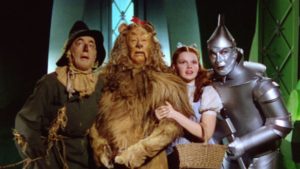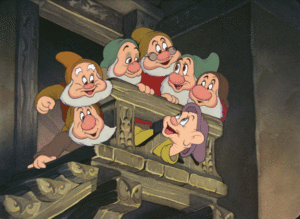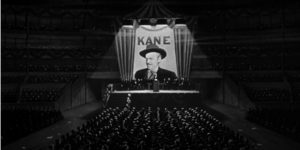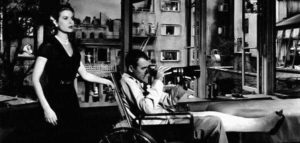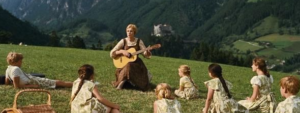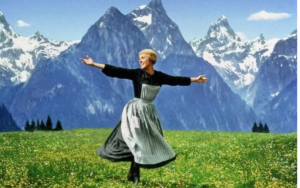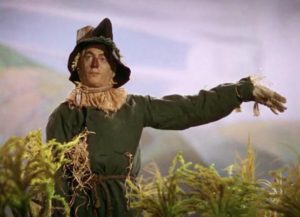I watched a classical Japanese movie Tokyo Story, which was directed by Yasujiro Ozu and released in 1953. The successful and great point of the film is that Ozu tells the audience the most common family story but reveals the deepest life principles with the simplest scenes and frames. The story describes a journey of an old couple to visit their sons and daughters who struggled for their life in Tokyo, but unexpectedly they received cold receptions and after their return to their hometown, the old mother died for illness. From the ordinary story and the simplest conversations among family members, I see the indifference of humanity; I understand the helplessness of human under the pressure of birth, death, illness, and death; I realize the loss of traditional values in the eastern world. In my opinion, this film worth watching over and over again for one can have fresh feelings every time you see it again.
There are many valuable scenes or moments in the film that should be studied and analyzed carefully. First, the obvious contrast between the indifferent attitude of the eldest son and daughter towards their old parents and the passionate welcome of their daughter-in-law whose husband had died for eight years shocks me a lot. In the homes of their natural son and daughter, the two old couple were treated as troubles and in order to avoid unnecessary issues, the two families together sent their parents to “enjoy” a sea journey, which left many uncomfortable feelings for the couple. However, Ji Zi, their daughter-in-law, acted very enthusiastic and filial and she actively chatted with them and never showed impatience. Second, the scene that Ji Zi chatted with the little daughter after the death of their mother is a very impressive and thought-provoking moment. In their conversations, the little daughter saw the attitudes of her old brothers and sisters towards their dead mother and her anger could not be hidden anymore, so she said that all of them were selfish. But Ji Zi answered surprisingly that one might become like that one day, and she would be also, because there were so many things in the world were unpleasant which may drive people to change to be someone they dislike or even hate. How helpless the words are. Undoubtedly all that she said were the truth and it is also the reason for the gradually bland world. What’s more, another scene stands out in the film is the final talk between Ji Zi and her father-in-law. Although her husband had gone for eight years, the idea of remarriage never occurred to her. She deeply kept in mind the status of a woman in a family and only when her father-in-law proposed her to remarry and forget her husband and begin a new life, did she feel relieved. The behavior of Ji Zi not only reflected her deep affection and faith, but indirectly showed her loss of individual identity under traditional ethics.

As for the critical conversations about this film, the prominent one is the controversy about the implications of the story. Lots of audience regard that the most important truth Ozu would like to tell is the indifference and unfilial actions of the sons and daughters, but some believe that there are more to find than that. Actually, people in different ages, with various experiences and from diverse places would have totally divergent thoughts every time they watch the movie. In my opinion, superficially, we can find that on the journey to their children’s home, the two old couple are treated perfunctorily and indifferently, but when we think of the deep reasons of this phenomenon maybe we can find the pressure from life and work, the elapse of time, and even the helplessness in one’s life are all causes of the tragedy. Just as Ji Zi said at the end of the film, everyone would become selfish and helpless as time went by, which is also the tragedy of the whole society.
What can be considered as a great film? What kind of great film is actually not good? Actually, in my view, there is more than one standard for us to evaluate whether a film is great or not. Take this film as an example, which I consider as a great one. All of the special effects, macro pictures, and even complicated plots are not found in the film, but the success of it relies on the profound truth the director tells the audiences with only a most common story, which contains unforgettable moments and scenes that can resonate with all audiences in different ages and backgrounds. So, we can conclude that not all great films are characterized by stunts, the most representative features of a great film are its connotations, everlasting taste for all audiences.
Sources
https://www.theguardian.com/film/2010/oct/20/tokyo-story-ozu-arthouse
https://www.japantimes.co.jp/news/2012/08/04/national/directors-vote-yasujiro-ozus-1953-tokyo-story-greatest-film-ever-made/

